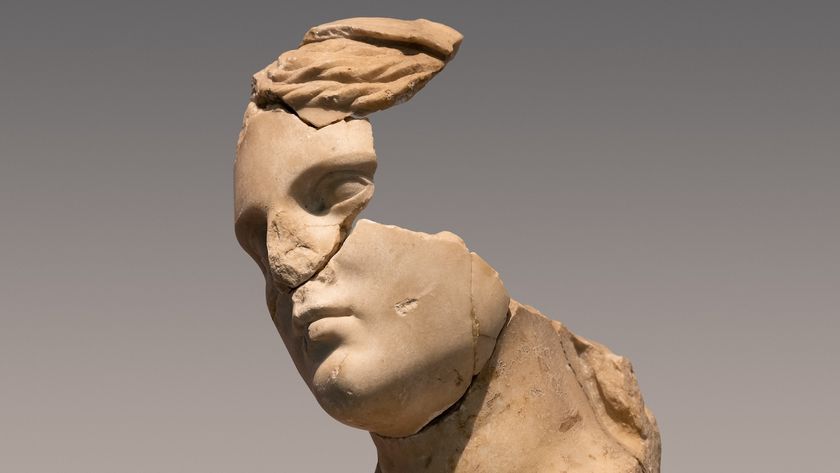'The Future of the Brain': A Time Capsule of Neuroscience
The more scientists learn about the brain, the more questions arise and the more challenging the quest to understand human thinking becomes.
Now, advanced technologies are raising the chances that scientists will someday truly understand how the brain works, experts say. In a new book, "The Future of the Brain" (Princeton University Press, 2014), two neuroscientists — Gary Marcus, of New York University, and Jeremy Freeman, of the Howard Hughes Medical Institute's Janelia Research Campus in Virginia— present a collection of essays by some of the world's top researchers, covering the multitude of high-tech tools that they say may turn the trajectory of brain science for good.
The book includes articles on how scientists are mapping out the brain and trying to figure out the structure of the dense wiring of its cells and the genetics that govern this structure. The essays are written by such renowned researchers as Christof Koch, a neuroscientist at the Allen Institute for Brain Science in Seattle, and George Church, a geneticist at Harvard University. [Watch interview with Gary Marcus]
In one of the chapters in the book, scientists including May-Britt Moser and Edvard Moser — two of the neuroscientists who received this year's Nobel Prize in physiology or medicine for their discovery of the brain's navigational system — describe the efforts being made to understand how the brain "computes," or processes information.
The book also looks at questions beyond technical advances. Philosopher Ned Block, of New York University, writes about whether current approaches in brain studies could lead to the deciphering of the mystery of consciousness, and bioethicist Arthur Caplan, also of NYU, notes the ethical questions surrounding brain discoveries.
One chapter is dedicated to the practical implications of progress in brain science — for example, brain-machine interfaces that could help people with physical disabilities, and deep brain stimulation systems that are already used to treat people with Parkinson's disease and other conditions. More futuristic ideas include microscopic sensors, known as neural dust, which could someday function as replacement parts in the nervous system, researchers say.
The brain has billions of neurons, and there are hundreds of types of these cells, many of which scientists don't fully understand yet. Neurons form short-range and long-range connections with one another, creating a sophisticated network with still-undiscovered parts that behaves according to unexplained rules.
Sign up for the Live Science daily newsletter now
Get the world’s most fascinating discoveries delivered straight to your inbox.
"The Future of the Brain" is not an easy read, nor is it an introduction to the nervous system. Rather, the essay collection provides an initiated reader with a rich view of the current field of brain sciences. It contains predictions about what may come next, but according to Marcus and Freeman, this book is more of a time capsule than a crystal ball, one that future generations could come back to and use to adjust their own aspirations.
Email Bahar Gholipour. Follow Live Science @livescience, Facebook & Google+. Originally published on Live Science.












